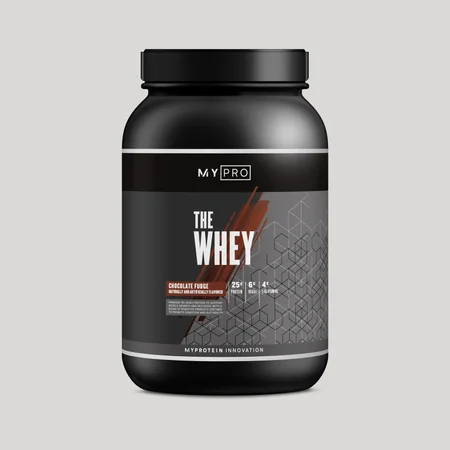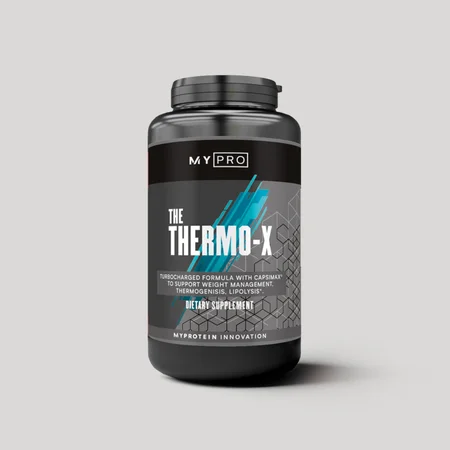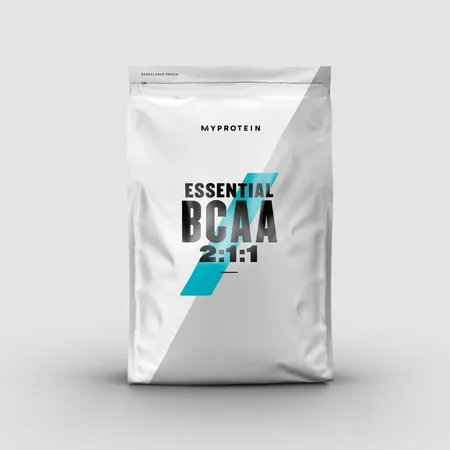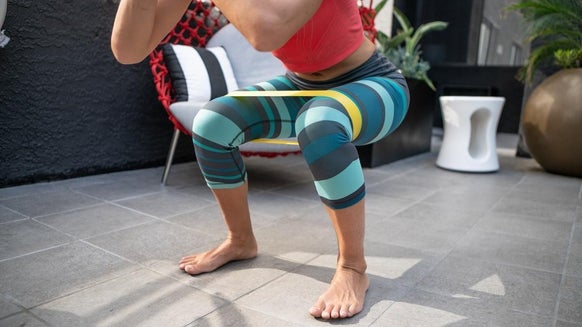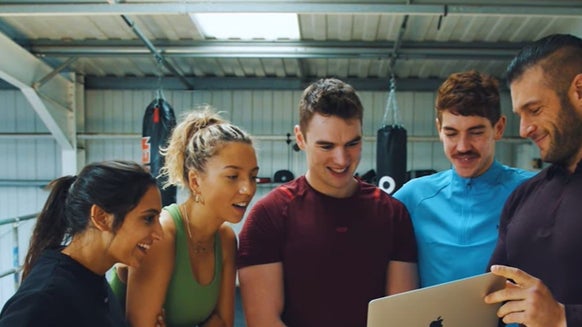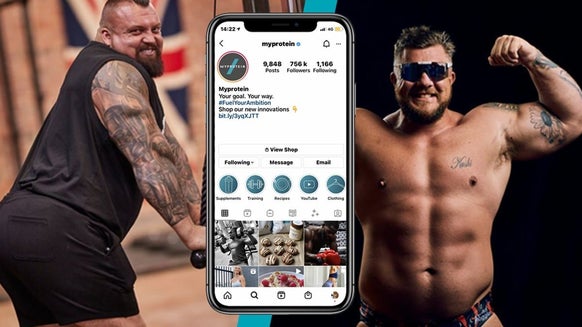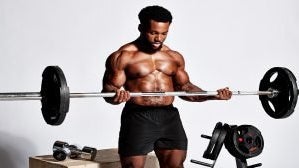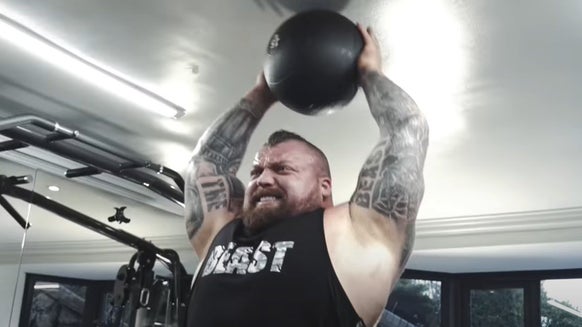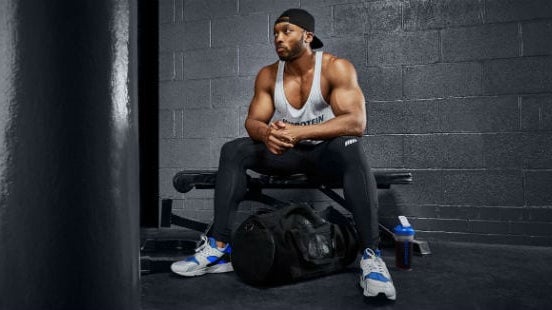7 Best Post-Workout Stretches For Recovery And Flexibility
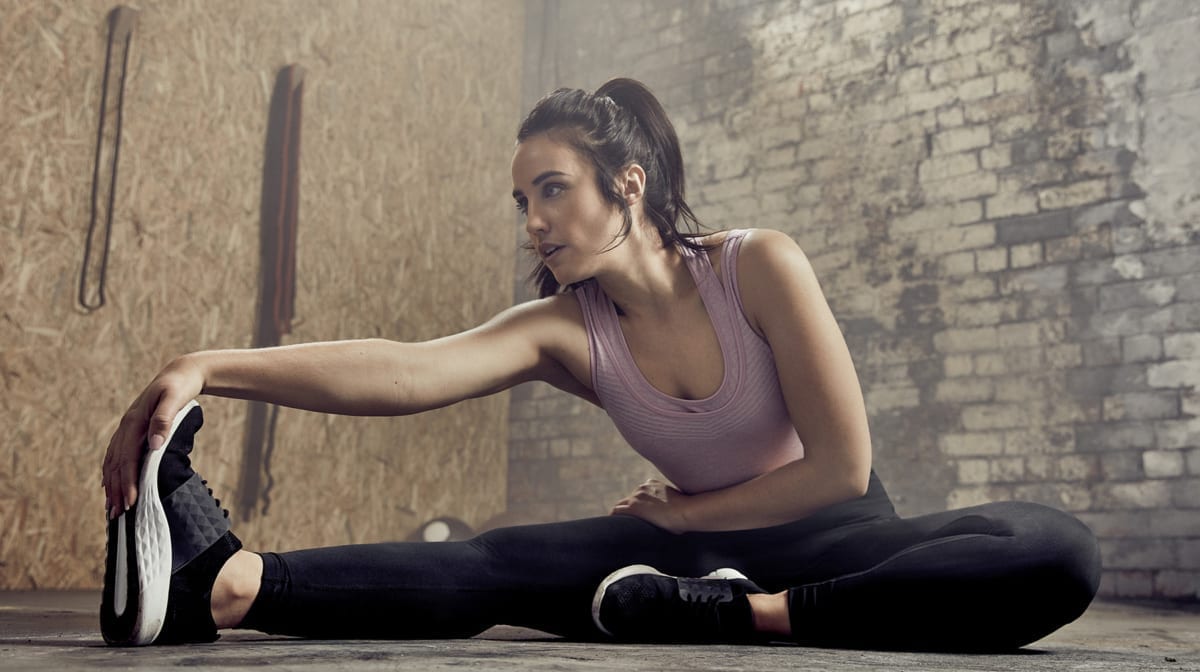
A rigorous training routine is the best way to maximize progress whether it be speed, strength, power, or fat loss, but you need to recover too.
We tear it up in the gym or on the field and once we are done there is nothing better than a post-workout meal and time to relax/recover. By doing this and only this though, you will be skipping a vital practice that should be focused on daily, or at the very least during your training days.
You guessed it, stretching would be this vital practice. Don’t get the two main forms of stretching confused though, as we will be only talking about the stretches you should be doing after, or post-workout. The form of stretching that should be done pre-workout is known as dynamic stretching, which involves arm circles, leg swings, and stretches of that nature used to warm the body up and limber up.
The form of stretching we will be talking about (that actually shouldn’t be done pre-workout as it might decrease power output) is known as static stretching, which is more along the lines of holding a muscle lengthening pose with no movement for a period of time.

Why Should We Stretch After A Workout?
After an hour and a half session of squats, bench press, deadlift, accessory lifts and cardio (just as an example), it is understandable why stretching can be easily forgotten. Nobody wants to sit on a mat and strain themselves for 15 more minutes when there's a protein shake and nice shower waiting at home.
Skipping stretching might not seem that bad at first, but over time your body will feel the pain and tightness. Exercising our muscles causes them to contract, a lot, and shorten the duration of the workout. Over time, all this shortening of your muscles will tighten them and reduce your flexibility/range of motion, deteriorate your posture, and increase your risk of injury/imbalance. This is where static stretching comes in, as stretching after a workout will help to elongate the muscle belly back to its relaxed and natural state.
This isn’t all though, as stretching tight muscles will increase your mobility. In other words, more mobility will allow you to squat deeper, shoulder press behind the neck easier, and perform all the other accident-prone exercises easier to lessen the chances of getting injured. While the jury is still out about post-workout static stretching for soreness (it appears it might not reduce muscle soreness acutely), it is still a very good idea to do it daily, or at the very least on your training days. Ideally, you should do a 10-15 minute stretching routine soon after your workout (no more than an hour after), but you will still receive all the same benefits if done at some point throughout the day, even if that is right before bed.
The Best Stretches You Should Be Doing
While there are hundreds of stretches out there for every muscle in the body, we will only go over the basics that everyone should do at the bare minimum for the major muscle groups. Each stretch should be held for a minimum of 30 seconds, but if you feel that a certain muscle is very tight, don’t be afraid to keep the stretch going as long as needed. There are many stretches for each muscle I will be listing, but I will only be going over one for each.
1. Calf stretch
Starting from the bottom up, the calves are easy to stretch. If you can find a slightly elevated platform in your gym or home (stacking a few plates together or on a stair), hold onto the railing or a machine and rest the ball of one or both of your feet on the edge of the platform. Let your heels fall as far down as you can (slowly) until you feel the stretch in your calf and hold.
2. Hamstring stretch
Besides bending over to touch your toes you can do a single leg hamstring stretch standing or sitting down. Basically, you will want to extend one leg out (on a hip-high platform if standing or just right in front of you if sitting), and reach as far as you can towards your toes with one or both hands. If you can’t reach them, hold onto your ankle until you attain the flexibility to be able to hold onto your actual foot. Don’t worry about your back rounding either, as this can also be a good way to relieve back tension as well.

3. Quad stretch
Again performed seated or standing, this workout will require you to fold your leg back at the knee, positioned behind you. If standing, hold onto something sturdy for balance as you hold onto your foot behind your body. If seated, let the leg you aren’t stretching layout in front as you hit the same pose as standing to stretch your other leg. The important thing to remember(for all of them actually) is not to just hold the pose, but for this stretch extend the leg as far back as needed to feel a very good pull without too much pain.
4. Abdominal/low back stretch
Popular in a lot of yoga routines, the cobra stretch is a very good stretch to open the abdominals and relieve stress on the low back. Laying on your stomach, you can start by raising your upper body in a curling motion so your forearms are still on the ground. For those who are more flexible, you can curl up even further until you are on your hands, with your hips and legs staying on the ground to extend and stretch your abs effectively.
5. Chest stretch
Best done standing up, find a doorway or a machine that will support some of your weight. Put your hand and forearm on the edge of the doorway with your upper arm at less than a 45 degree angle perpendicular to it. Start by leaning forward (taking a step if you need to) through the doorway to get a deep stretch in your entire pec and front delt. You can also extend your arm out completely but this will lessen the effectiveness of the stretch on your inner and lower chest.
6. Bicep/rear delt stretch
This is a very easy stretch. You will extend your arm out across your body to the otherside at about pec height, the other arm should be pulling the extended arm to increase the stretch. Depress your traps and scapula to even add some lat stretching in there too.
7. Tricep stretch
Definitely not last but the last we will cover, this stretch has you extending one arm behind your head (act like you are trying to scratch your middle back). Use the other arm to hold your elbow and increase the stretch.

Take Home Message
Whether you are a professional or ametuer runner, cyclist, baseballer, basketballer, footballer, or lifter, stretching after a workout will benefit anybody and everybody in terms of increasing mobility and preventing injury.
We still aren't sure if post workout stretching will lessen training induced DOMS (delayed onset muscle soreness), but its other benefits are enough by themselves to necessitate a brief, but thorough stretching routine at the end of you workout (or at the very least before you go to bed). Try to hold each stretch for 30 seconds if not longer and stretch each muscle group you worked out that day at a minimum, but making a routine to hit all your main muscle groups on a daily basis would be ideal.
So no matter your skill level or chosen sport, don't neglect static stretching, as it will be your best friend for increasing flexibility and preventing injuries!

Alice Pearson is a UKVRN Registered Associate Nutritionist and UK Anti‐Doping accredited advisor, having obtained a Bachelor’s of Science in Nutrition and a Master’s of Science in Sport Nutrition. She has a specialist interest in the use of sports supplements for improving health, fitness, and sport performance. Alice has experience working with both amateur and elite athletes, including providing nutritional support to Tranmere Rovers FC and Newcastle Falcons Rugby Club. Her nutritional guidance is always supported by evidence‐based research, which she keeps up to date through continuing professional development and independent learning. In her spare time, Alice loves travelling, hitting the gym, and getting stuck into a good book. Find out more about Alice's story here.
